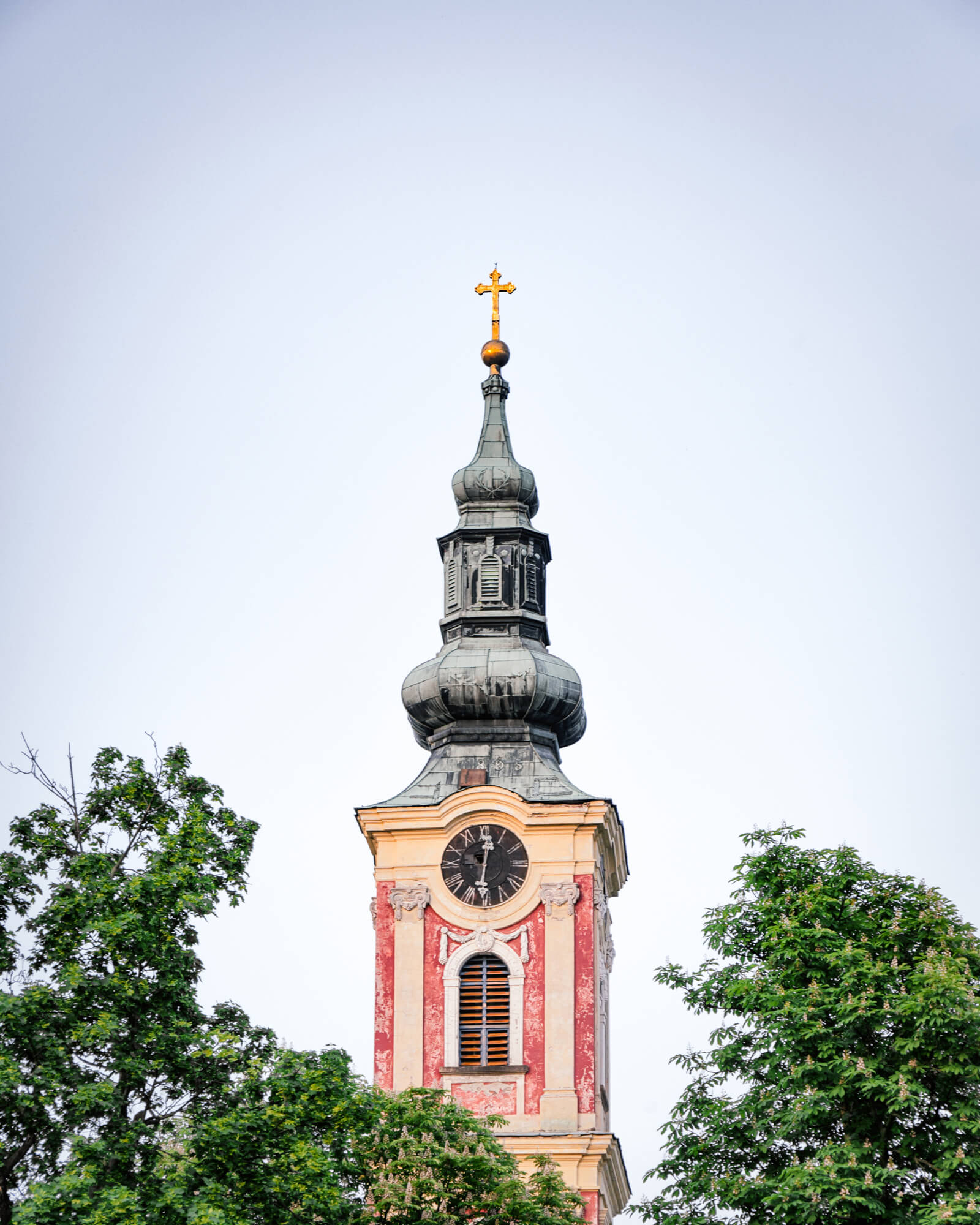This website uses cookies so that we can provide you with the best user experience possible. Cookie information is stored in your browser and performs functions such as recognising you when you return to our website and helping our team to understand which sections of the website you find most interesting and useful.
The Living Heritage of Szentendre



The EHL Site
Szentendre, the Arts Town of a Thousand Faces
In this multi-lingual, multi-ethnic town, the creative energies of the river Danube ensure constant renewal. This has allowed Szentendre to gain fame at different times for vineyard cultivation, trade, and wine culture. Later, it became known as a holiday village where our country’s most prominent painters found their home. Today, it’s a community where the city reflects as many faces as there are artists living and working.
Here, the local “lángos” vendor awaits us, just as fine dining does a couple of streets away. We can embark on great hikes in the embrace of the forests, however, high culture and arts need not be absent from our lives in Szentendre either. The narrow alleys and streets lead us to the expansive Danube panorama. For many, it’s a suburban town near Budapest, but its strong sense of identity makes it unique.
European dimension
The history of Szentendre dates to ancient times. The area, initially inhabited by the Avars, was later populated by the Romans, and the town maintained its significance until the 4th-5th centuries. The following written record emerged from the time of the Hungarian conquest: a charter from 1009 refers to the settlement located in the vicinity of present-day Szentendre. It was used as a royal estate by the kings of the Árpád dynasty, and in 1146 it was already mentioned as “Sanctus Andreas.”
The unique silhouette of Szentendre is defined by its churches; throughout the town’s history, each settling community erected their own churches. The oldest one, dedicated to the eponym of the city, Saint Andrew, is today the Parish Church of Saint John the Baptist. Next to it stands the Belgrade Cathedral, begun in 1521 by Serbs fleeing the Turks, seeking a new home here. However, shortly after, the area became depopulated due to the arrival of the Turks. It wasn’t until 1684 when the town was liberated, bringing another influx of Serb inhabitants. The city was populated almost entirely by Serbs until the 19th century when a considerable number of Hungarian, German, and Slovak population arrived, leading to a reshaping of the town’s ethnic map.
At the same time, it was the Serbs who left the most significant mark on the cityscape. The charming little houses, still visible today and built in the 18th century, are credited to them, as well as the wine they produced and sold.
The 19th century brought floods and fires to the city, but another period of significant growth occurred at the turn of the century when the charm of the surroundings and the town captivated artists. Thanks to the continuity of the Szentendre Artist Colony, established in 1929, the city remains a genuine cultural hub to this day, as evidenced by the numerous galleries and museums.
The organization
The Municipality of Szentendre is working to ensure that the population can live their peaceful everyday lives in a liveable environment, taking advantage of the opportunities it has to offer. The myriad of museums and galleries, the market with its local produce and the charming restaurants and cafés along the Danube panorama all serve this purpose.
In our Tourinform office in Szentendre we provide information on programmes, restaurants and accommodation. Tourists can find national and regional publications and maps of the Hungarian Tourism Agency. The office also sells books, postcards, stamps and other souvenirs. In our gift shop it is possible to buy local producers, handicrafts, wine glasses, too.
